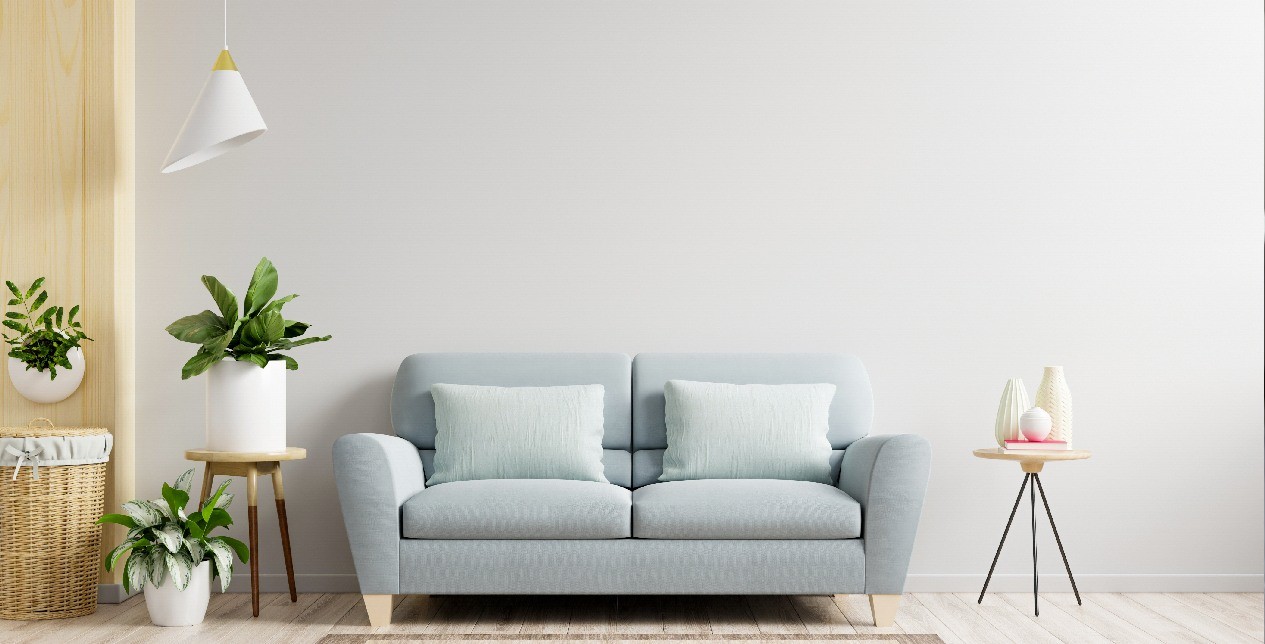As a homeowner, you may be considering upgrading your home’s windows to improve your property’s comfort levels, appearance, and energy efficiency. But there are certainly many different kinds of windows in the market. Each type has its own features and benefits. Read on to learn more about some of the most common types of windows.
Table of Contents
Triple Glaze: Features and Benefits
Triple glaze windows consist of three panes of glass separated by air or gas-filled spaces. This design significantly improves the energy efficiency of the windows, reducing heat transfer and enhancing insulation.
In addition, triple glaze windows offer superior noise reduction, improved thermal performance, and increased durability. They are an excellent choice for homes located in extreme climates or areas with high noise pollution.
If you’re interested in adding these kinds of windows to your home, remember to purchase from a top triple glazed window supplier for the best product.
Awnings: Features and Benefits
Awnings are hinged at the top and open outward, creating an awning-like effect when opened. These windows are ideal for improving ventilation while providing protection against rain. You can even leave them open during some light showers to let air in while blocking the drizzle.
Casement: Features and Benefits
Casement windows are hinged on one side and swing outward like a door. This type of window provides unobstructed views and excellent ventilation. They are also energy efficient and offer an elegant look.
Slider: Features and Benefits
Slider windows consist of two or more sashes that slide horizontally along a track. This type of window is easy to operate and provides ample natural light and ventilation. Slider windows are a great option for rooms with limited vertical space or areas where outward opening windows may be obstructed. They are also a cost-effective solution and require minimal maintenance.
Hung: Features and Benefits
Hung windows are vertically sliding windows with two sashes that move up and down. They are a classic choice that complements traditional and historic home designs. Hung windows offer excellent ventilation control, as you can open the top or bottom sash or both. With their timeless appeal and versatility, hung windows can add charm to any home.
Architectural & Picture: Features and Benefits
Architectural and picture windows are fixed windows that do not open. They are primarily designed to showcase panoramic views and allow maximum natural light into a room. These windows are often used as focal points in a home’s design, creating a stunning visual impact. Architectural and picture windows are available in various shapes and sizes, allowing for customization and artistic expression.
Bay & Bow: Features and Benefits
Bay and bow windows are a combination of windows that extend outward from the main wall of a house. These types of windows add architectural interest to both the interior and exterior of a home and create a cozy nook or seating area.
Skylights: Features and Benefits
Skylights can be installed on the roof to allow natural light from above. They certainly give a home a very dynamic look. They can enhance the overall energy efficiency of a home too.
Factors to Consider When Choosing Windows for Your Home
Selecting the right windows for your home requires careful consideration of some important factors. Firstly, determine your specific requirements regarding natural light, ventilation, and energy efficiency. Consider the climate in your area to choose windows that provide adequate insulation and weather resistance.
Please also consider the architectural style of your home and choose windows that complement its overall design. Lastly, set a budget and research different options to find windows that meet both your needs and financial constraints.











